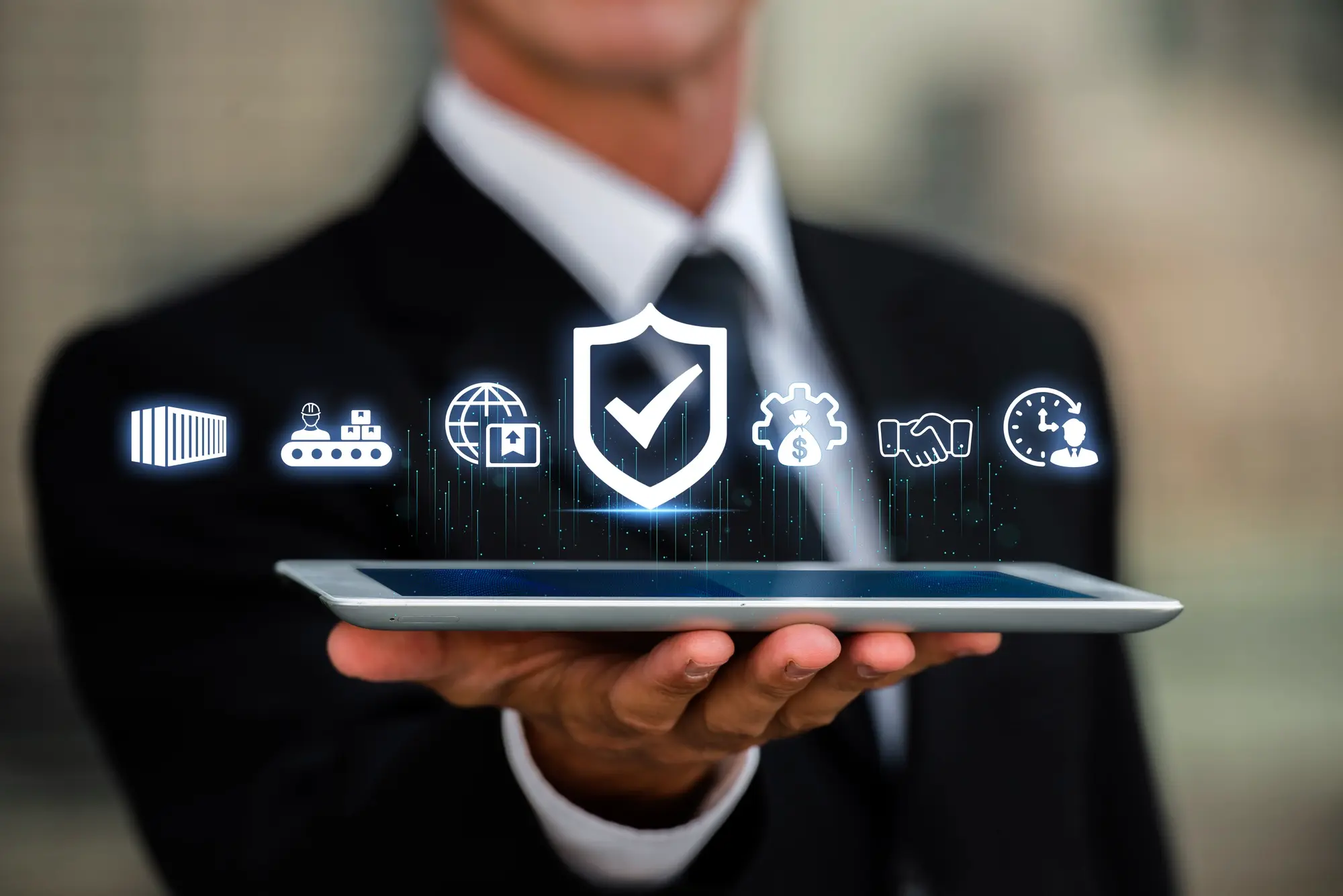Guide to Building Security Systems & Trained Security Personnel
26 September 2025

A building security system is crucial to protect assets, occupants, and ensure smooth operations. Security does not only rely on advanced technology but also on the discipline and skills of trained security personnel.
So, how is it implemented thoroughly, and what are the best solutions to overcome the challenges? Let’s dive in below.
Regulations and Building Security Standards That Must Be Met
According to Perpol No. 4/2020, the presence of security personnel in a building is a mandatory part of an integrated security system. Relying solely on technology is not enough—buildings also require trained personnel capable of performing their duties professionally.
Here are the main standards that must be fulfilled:
1. Presence of Trained Security Personnel
Security officers are the frontline of building protection. Their presence ensures every activity within the building takes place safely and in control.
Beyond guarding entrances, security officers are also the first responders in emergency situations. Therefore, several essential aspects are required:
-
Completing basic to advanced training as regulated by the police.
-
Understanding security and evacuation SOPs.
-
Being prepared to respond to threats with proper procedures.
2. Coordination with Technical Protection Systems
A security system’s success isn’t determined solely by advanced equipment but also by the ability of security personnel to operate it effectively.
Security officers must coordinate with technical protection systems to ensure effective detection and incident response. Their role includes:
-
Monitoring CCTV and access control systems.
-
Responding to fire alarms and emergency alerts.
-
Ensuring integration between security equipment and on-site procedures.
3. Implementation of Security SOPs
Without clear SOPs, security implementation often lacks consistency. That’s why security personnel must follow standard operating procedures as a fixed guide in all situations, such as:
-
Conducting regular patrols throughout the building.
-
Controlling visitor and guest access.
-
Managing parking and emergency evacuation routes.
4. Certification and Ongoing Training
Security quality must be maintained through regular evaluation and competency improvement. Certification and ongoing training are vital to ensure personnel remain ready to handle evolving threats.
This includes:
-
Obtaining official certification according to police standards.
-
Attending regular training to update skills and procedures.
-
Routine evaluations to maintain readiness against potential security risks.
3 Main Pillars of a Modern Building Security System
An effective building security system is not just about one component—it requires the integration of multiple supports, including technology, personnel, and consistent procedures:
1. Technology as the Building’s Eyes and Ears
Modern security equipment functions as sensors that constantly monitor the building.
CCTV, fire alarms, digital access controls, and motion sensors provide real-time data to detect threats quickly.
This technology is not merely supporting tools but an integral part of the monitoring system that underpins security decision-making.
2. Security Personnel as the Frontline
Security officers are the spearhead of building safety. Their role goes beyond manning entrances—they manage emergencies, provide reassurance to occupants, and prevent risks before they escalate.
Key responsibilities include:
-
Regular patrols and threat detection.
-
Incident handling according to clear SOPs.
-
Being approachable and fostering a sense of safety.
3. Consistent Procedures and Protocols
Technology and personnel cannot function optimally without standardized procedures.
SOPs serve as the foundation ensuring every action has a clear standard and can be evaluated.
Without consistent adherence, security efforts risk becoming ineffective formalities.
Read Also: 5 Differences Between Satpam and Security: Which One Is More Suitable?
3 Common Challenges in Managing Building Security
Building an ideal security system isn’t as simple as installing devices and placing guards. In practice, several obstacles often hinder maximum effectiveness:
1. Rising Operational Costs
Modern security systems require significant investment—from procuring CCTV, alarms, and access controls to ongoing training for personnel.
Maintenance and technology upgrades further add to operational costs, forcing building managers to maintain efficiency while ensuring safety.
2. Shortage of Trained Security Personnel
Qualified personnel with official certification, adequate experience, and SOP knowledge can be difficult to find.
Recruitment processes are often lengthy, while security needs are urgent and non-negotiable.
This situation sometimes forces managers to compromise quality to fill urgent roles.
3. Inconsistency in Service Quality
Even with SOPs in place, real-world implementation can be inconsistent. Fatigue, staff turnover, and lack of supervision often make it difficult to maintain set standards.
These gaps can create vulnerabilities that increase risks.
Outsourcing Solutions for Building Security Challenges
Many building managers face the dilemma of maintaining high security standards while controlling costs. Recruitment, training, and supervision consume time and resources. Outsourcing offers an effective solution with several advantages:
1. Access to Professional Personnel Without the Hassle
With outsourcing, building managers avoid lengthy recruitment and certification concerns. Service providers supply trained personnel who are certified and ready to work from day one.
Benefits include:
-
Personnel trained from basic to advanced levels.
-
Official certification by the police ensures competence.
-
Readily deployed based on building needs.
2. Cost Efficiency Without Sacrificing Quality
Managing security internally means bearing high recruitment, training, and supervision expenses. Outsourcing centralizes these costs with the provider, while managers pay only for assured, high-quality services.
Advantages:
-
No recruitment or additional training costs.
-
Reduced expenses for internal supervision.
-
Consistent service quality according to standards.
3. Full Focus on Building Operations
Security is crucial, but not the only priority. Outsourcing allows managers to focus on core building operations while professionals handle security.
Advantages:
-
No administrative burdens of managing security staff.
-
Reduced risks of human error from lack of oversight.
-
More streamlined and efficient building operations.
Building security is not only about advanced technology but also about the presence of well-trained personnel who consistently uphold standards. With various challenges ranging from recruitment to continuous training, outsourcing becomes a more efficient and practical choice.
That’s why partnering with a professional manpower provider like SOS is the right step to ensure your building’s security remains guaranteed without burdening operation.
Read Also: Security Training: An Effective Way to Improve Safety Performance
Secure Your Building with Professional Security Support from SOS
Ensuring building security is a long-term investment that safeguards operations and provides peace of mind for all occupants.
Through outsourcing security services in Jakarta, you gain access to trained professionals committed to maintaining consistent building security standards.
Why choose SOS?
-
Certified security personnel trained according to official regulations
-
Cost-efficient services without compromising quality
-
Flexible solutions tailored to your building’s needs
Entrust your building’s safety to SOS—your trusted partner for professional security personnel.
Contact us today to establish a more reliable security system.



